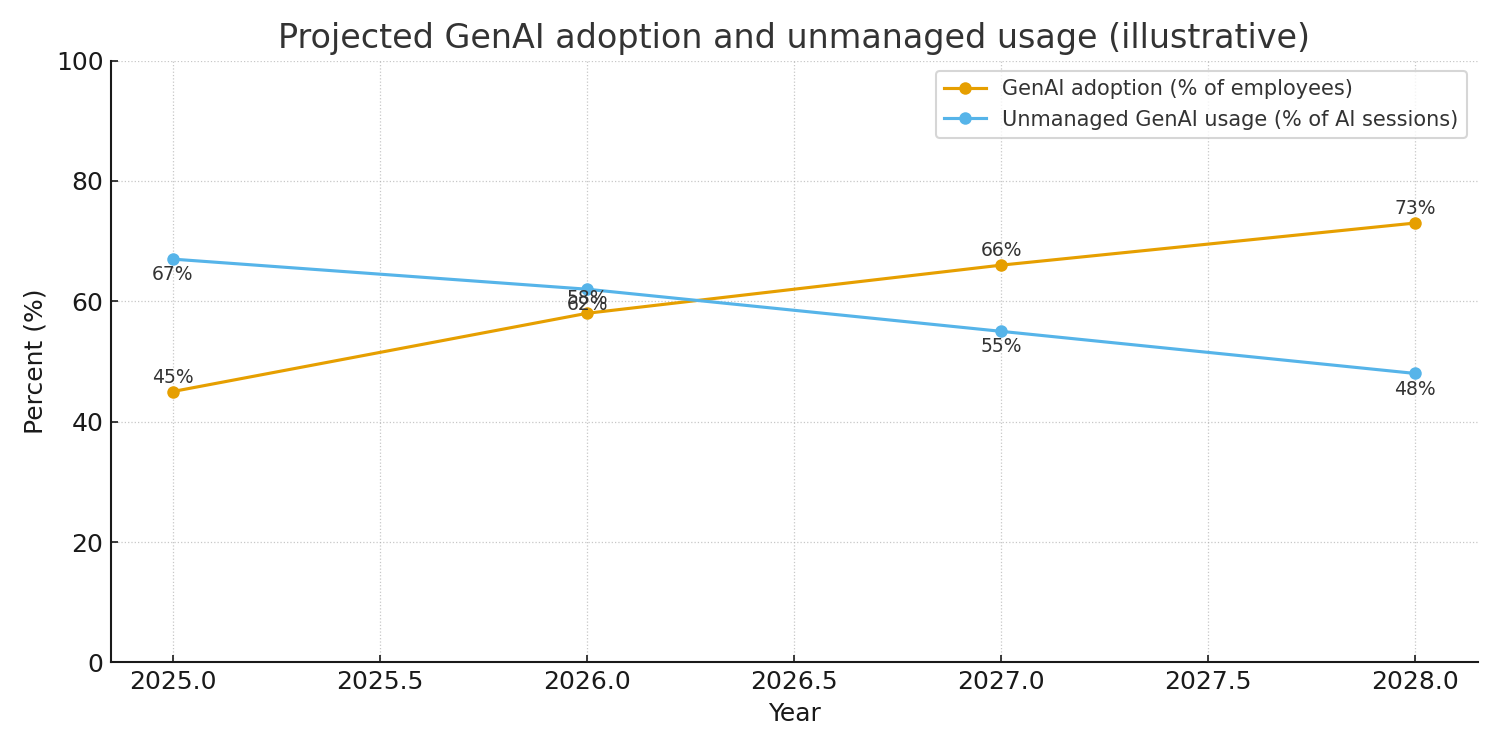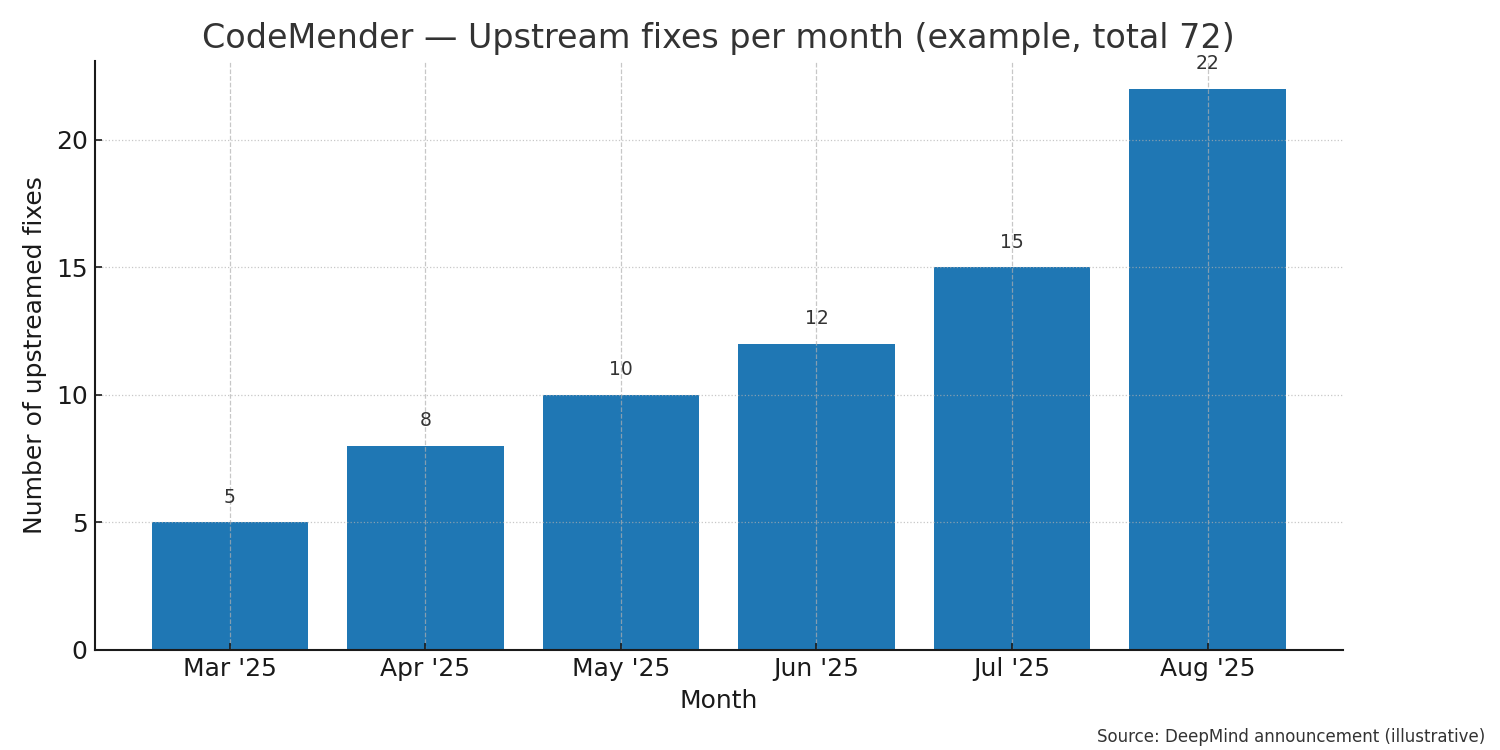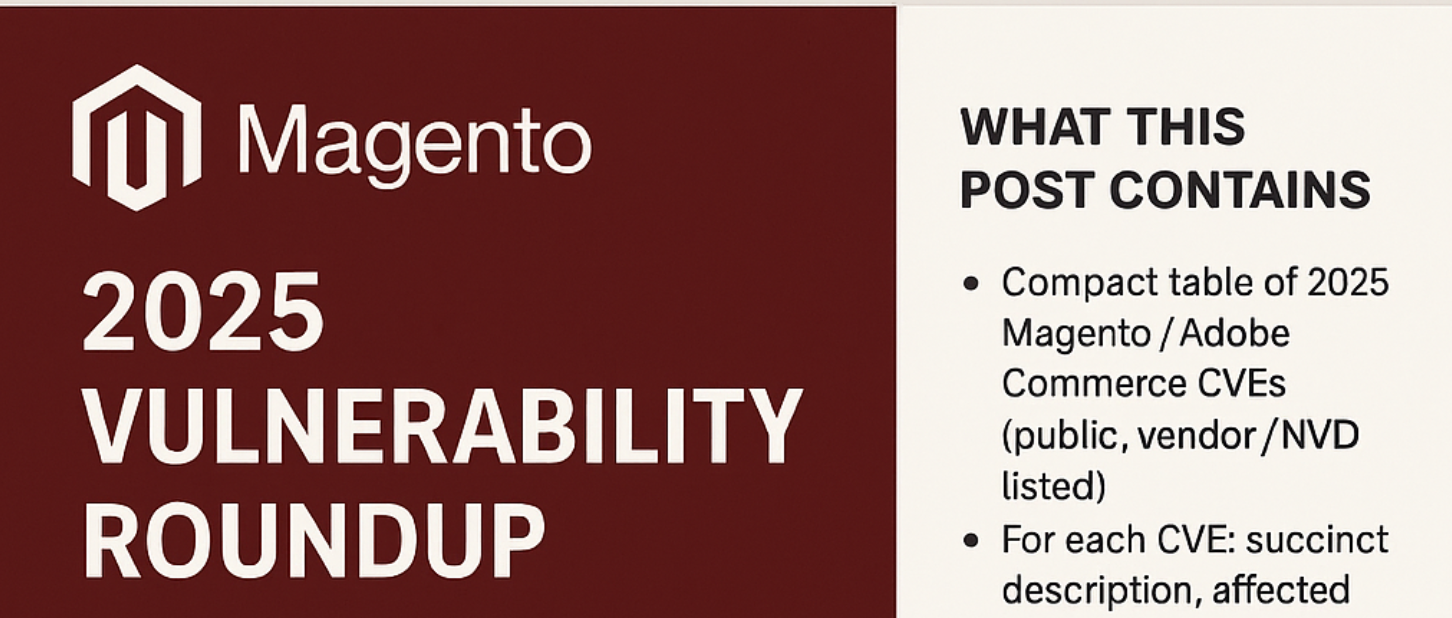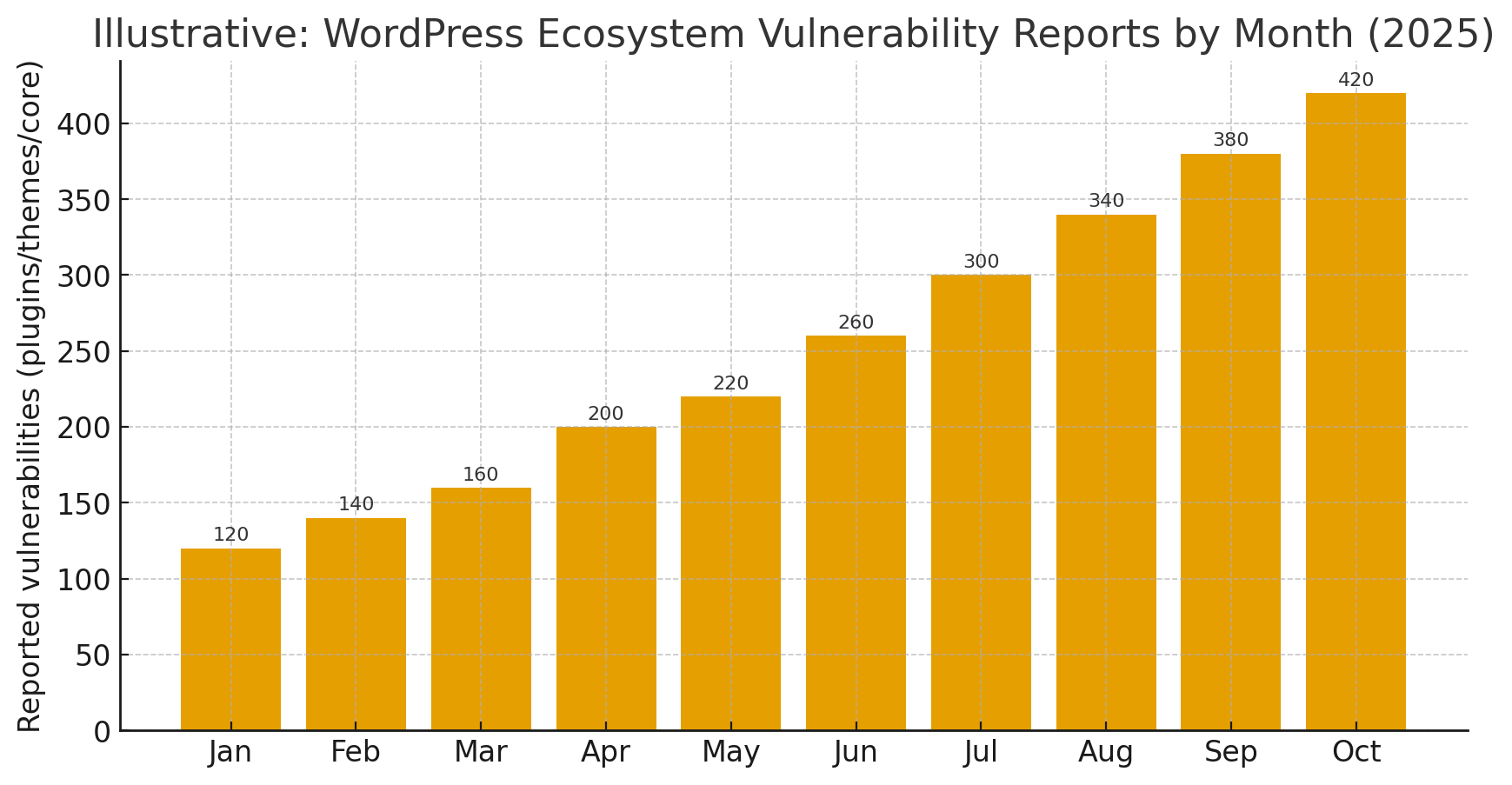Website hardening is the process of securing a website by reducing its attack surface and eliminating potential vulnerabilities that hackers could exploit. Think of it as fortifying a castle – you’re not just building walls, but also eliminating weak points, setting up defensive mechanisms, and establishing protocols to prevent unauthorized access.
Read More








